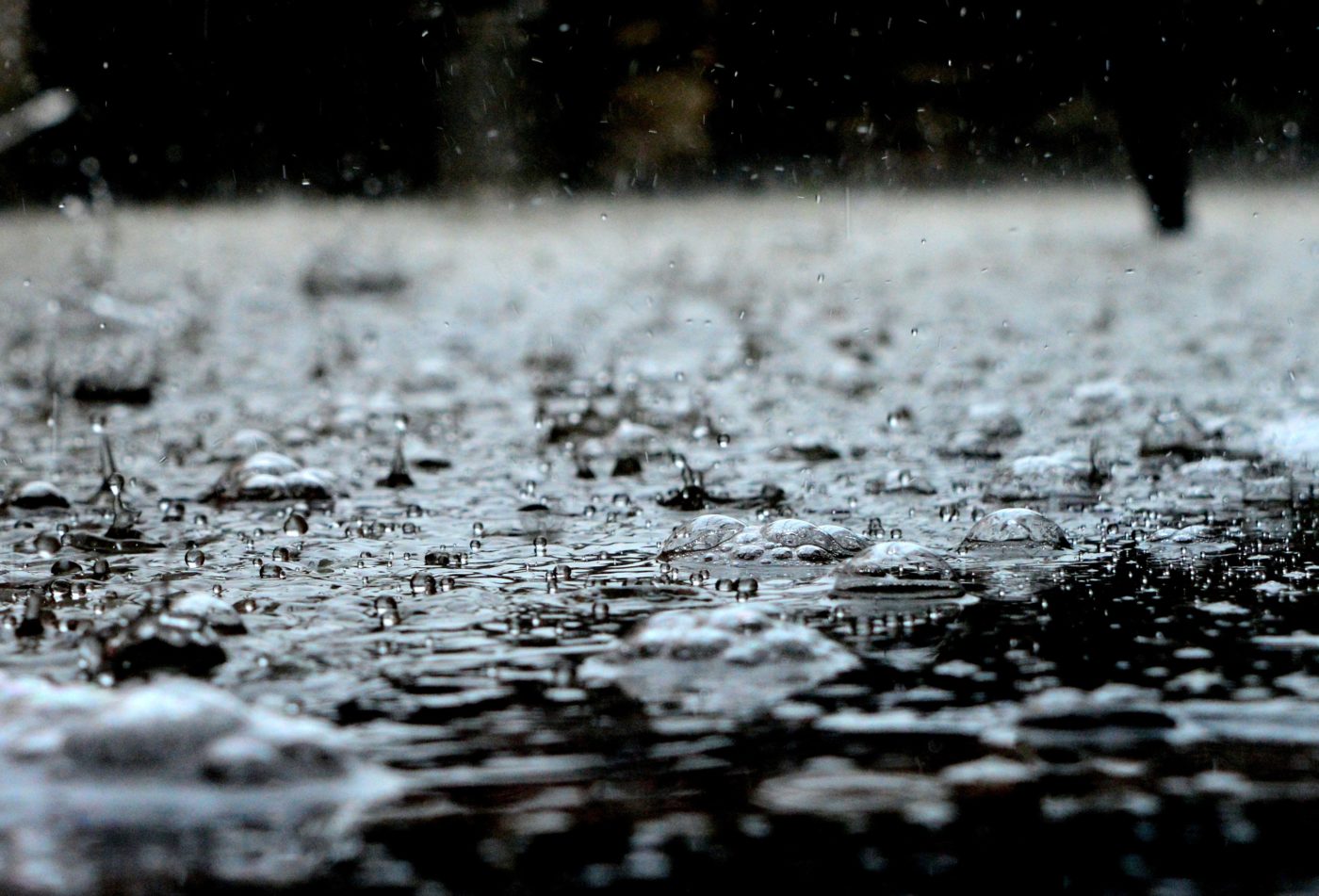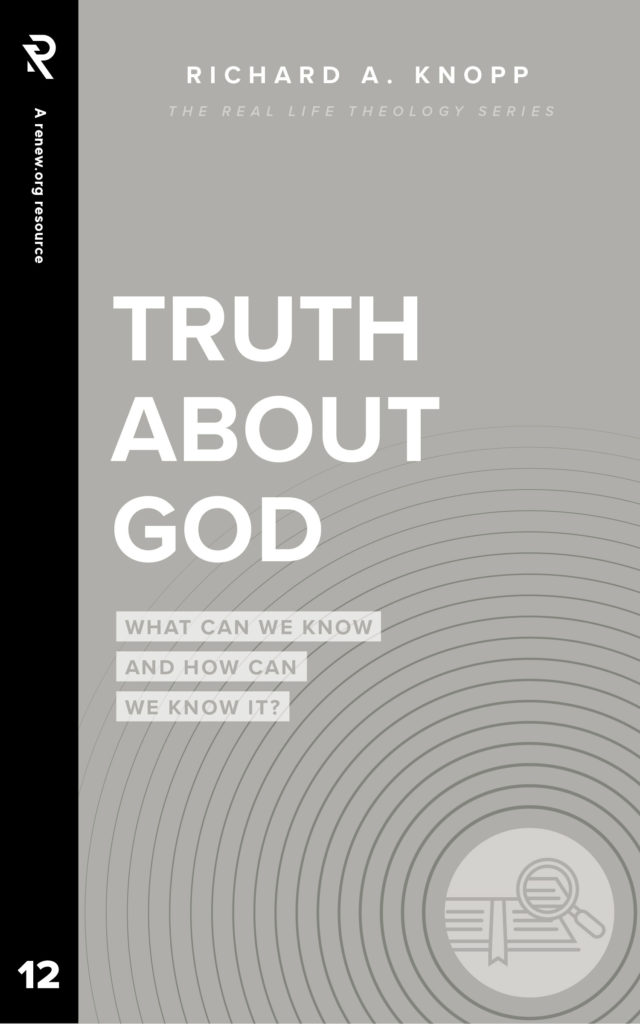
Why the Flood?
Isn’t it a little funny that we often use the walls of church nurseries to paint the most extreme portrait of God’s wrath to date? The Genesis Flood. Of course, the paintings themselves are cheerful. Above the water, you’ve got smiling pairs of animal soul mates and a grandfatherly Noah smiling through his footlong beard, all framed in a happy rainbow. Not a trace of survivor’s guilt.
If we were to see under the surface of the water, we would see a different picture.
I have now had two of my kids come, at separate times, and ask a question which has been unsettling them under the surface: Why did God flood the earth?
Why Did God Flood the Earth?
The Bible’s answer is pretty straightforward:
“The Lord saw that the wickedness of man was great in the earth, and that every intention of the thoughts of his heart was only evil continually. And the Lord regretted that he had made man on the earth, and it grieved him to his heart” (Gen. 6:5-6, ESV).
In other words, God flooded the earth because humans had crossed a line of evil, to where the best three-word caption to describe humanity was “only evil continually.” Not a good place to be. But the Bible’s answer raises more questions. For example, can people really get so bad that they deserve to die? And just because God was grieving over their evil, that doesn’t mean he had to kill them, does it?
It’s a little like having two puzzle pieces that just aren’t fitting together. Kids and adults alike can have trouble fitting together in our minds the idea of a loving heavenly Father who is kind and gentle with the idea of a warrior God who periodically destroys thousands of people in his wrath. We tell our kids of the overwhelming and unconditional love of God. They believe us, but then they hear about events in the Bible in which God does things which are downright scary.
“It’s a little like having two puzzle pieces that just aren’t fitting together.”
Some people go so far as to ask how the loving God of the New Testament can be the same as the wrathful God of the Old Testament. But this is going way too far. As you study the Bible, you actually find a lot of grace in the Old Testament, as well as a lot of wrath in the New Testament.
But still, it can be difficult to figure out how to fit this amazing kindness and this frightening wrath together in one God.
A Third Characteristic
Here’s a thought that might be helpful for you if you’re trying to think through this confusion yourself or if you’re trying to explain it to a kid. It’s this: Yes, God loves people. The Bible is clear about this. And yes, sometimes God pours out his wrath on evil. The Bible is clear about this. But we shouldn’t think that God switches from gentleness to wrath in a half-second.
Between His kindness and His wrath is a third characteristic that makes sense of both of them.
It’s called God’s patience. God is not quick to anger like we can be when we get frustrated. As Numbers 14:18 says, “The Lord is slow to anger and abounding in steadfast love” (ESV).
God’s patience means that not only is he slow to anger, but that even when wrath is on its way, God provides a way of escape. The ark was meant for Noah and for any who chose to listen to Noah’s message of repentance (1 Peter 3:20).
“God’s patience means that not only is he slow to anger, but that even when wrath is on its way, God provides a way of escape.”
How can a kind, gentle God flood the earth? Here’s how: only after giving the people decades to respond to the message of repentance. God is slow to anger and provides a way of escape for the person who repents. That’s called patience. And God’s patience helps us make sense of how a loving God can pour out wrath.
I don’t know about you, but God’s patience is something I experience everyday multiple times. So, when our kids come to us with tough questions, we can not only talk about patience; we can show them it too.









